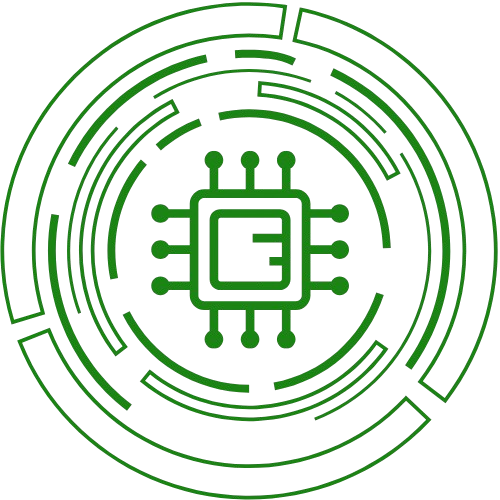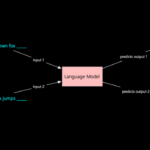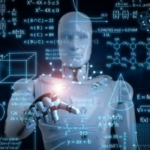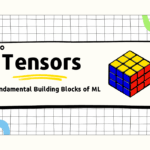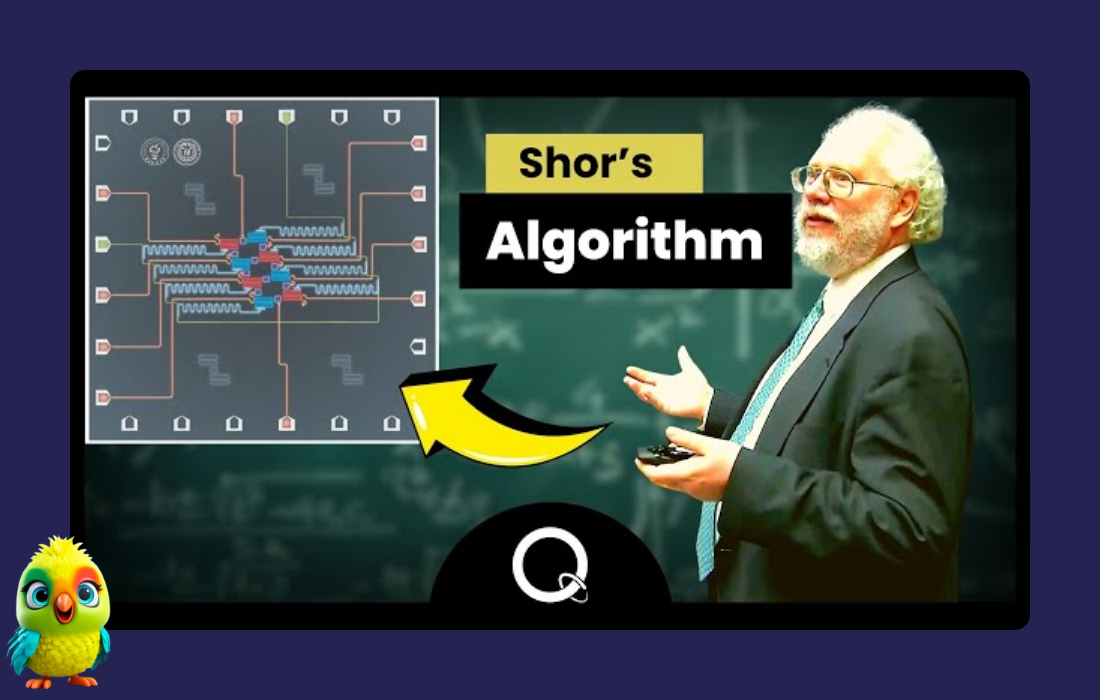Quantum Entanglement: A Deep Dive into One of Quantum Mechanics’ Most Puzzling Phenomena
Quantum entanglement is a fundamental and profoundly counterintuitive phenomenon in quantum mechanics. It refers to a special type of correlation between two or more quantum systems—such as particles like electrons or photons—that becomes so deeply intertwined that the state of each individual system can no longer be described independently of the others, even if the particles are separated by vast distances in space.
This phenomenon defies the expectations of classical physics, which assumes that objects located far apart should behave independently unless directly influenced by a local interaction. In contrast, quantum entanglement implies a form of non-locality—a situation where the measurement of one particle instantaneously influences the state of another, regardless of the spatial distance between them. This striking feature is what Einstein famously referred to as “spooky action at a distance.”
The Role of the Wavefunction

At the heart of quantum mechanics lies the wavefunction, a mathematical function that encodes all possible outcomes of a quantum system. It provides a complete description of the system’s state and the probabilities of measuring specific values for physical properties like position, momentum, or spin.
In quantum computing, entanglement is used to enable quantum parallelism, which is the ability of quantum computers to perform multiple calculations simultaneously. Entanglement allows quantum computers to manipulate many qubits in a single operation, instead of manipulating each qubit individually, as in classical computing. For example, consider two qubits that are initially prepared in an entangled state. If a measurement is made on one of the qubits, and it is found to be in the state |0⟩, then the state of the other qubit immediately collapses to the state |0⟩ as well. Similarly, if the first qubit is measured to be in the state |1⟩, then the state of the second qubit collapses to the state |1⟩ as well.
Entanglement enables quantum computers to implement various protocols and algorithms that are not possible with classical systems. For example, it is used in quantum teleportation, which allows for the transfer of quantum states between two distant systems. Entanglement is also a key resource for quantum error correction, which is necessary to protect quantum information from decoherence and other errors. By creating and manipulating entangled states, quantum computers can detect and correct errors in a way that is not possible for classical computers.
When quantum systems are not entangled, their combined wavefunction can be written as the product of their individual wavefunctions. This means the systems are statistically independent: what happens to one does not affect the other.
However, in an entangled state, this is no longer true. The systems share a single, inseparable wavefunction that represents the entire ensemble. This unified wavefunction encapsulates the full set of joint probabilities for the outcomes of measurements on each of the subsystems. As a result, observing or measuring one part of the entangled system causes an instantaneous change in the knowledge—or more precisely, the mathematical description—of the other part’s state, even if it is light-years away.
Implications of Entanglement
Entanglement is more than just a theoretical curiosity—it has profound implications for both the foundations of physics and the development of new technologies:
-
Quantum teleportation relies on entanglement to transfer the state of a quantum system from one location to another without physically moving the system itself.
-
Quantum cryptography uses entangled particles to ensure secure communication, exploiting the fact that any attempt to intercept or measure the entangled particles would disturb the system and be detected.
-
Quantum computing harnesses entanglement to perform calculations in ways that classical computers cannot, by enabling qubits to exist in multiple states simultaneously and to be entangled across complex networks.
A Paradigm Shift
The existence and experimental verification of quantum entanglement challenged deeply held notions of locality and realism that had been cornerstones of classical physics. Experiments, such as those testing Bell’s inequalities, have repeatedly confirmed that entangled particles exhibit correlations that cannot be explained by any local hidden variable theory, reinforcing the idea that entanglement is a genuine feature of nature.

In summary, quantum entanglement is a uniquely quantum phenomenon that reveals the profoundly interconnected nature of quantum systems. It underscores the idea that, in the quantum world, particles do not exist in isolation but as part of a larger, holistic reality described by a shared wavefunction. This deeply entangled view of the universe continues to inspire scientific inquiry, philosophical debate, and technological innovation.
Microsoft’s Majorana 1 Chip: Ushering in a New Era of Scalable Quantum Computing
Quantum computing has long promised to transform industries—from healthcare to manufacturing—by solving problems beyond the reach of classical computers. Yet building a quantum computer with the power to deliver on that promise has remained elusive. Now, Microsoft claims it has crossed a historic threshold with the unveiling of the Majorana 1 chip: the world’s first quantum chip powered by a Topological Core architecture and a new kind of material called a topoconductor.

This breakthrough, announced on February 19, 2025, marks a radical rethinking of how to build fault-tolerant, scalable quantum machines—and it may bring the era of industrial-grade quantum computing from the distant future to just a few years away.
From Semiconductors to Topoconductors: A Leap in Materials Science
Much like semiconductors revolutionized classical computing, Microsoft believes topoconductors—materials that can generate and manipulate exotic particles known as Majoranas—will be the foundation of large-scale quantum systems. These materials enable a new kind of qubit (quantum bit), which is more stable, scalable, and error-resistant by design.
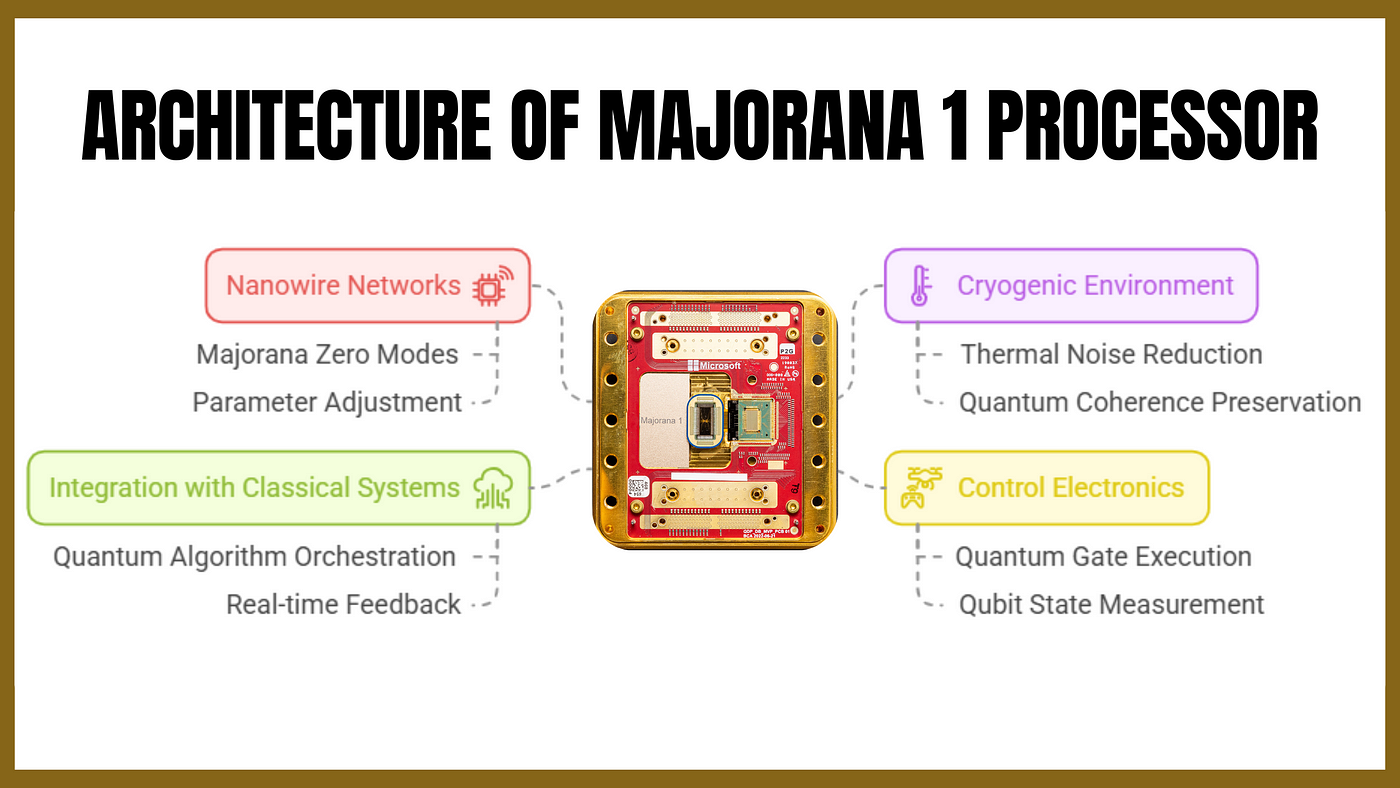
“Our goal was to build the transistor of the quantum age,” says Chetan Nayak, Microsoft Technical Fellow. “That meant developing entirely new materials and a new architectural approach to quantum hardware.”
Topoconductors create a topological state of matter, which is neither solid, liquid, nor gas. This exotic quantum state allows for the creation of Majorana particles, which in turn can encode information in a way that is naturally resistant to environmental noise and quantum decoherence—the biggest obstacles to practical quantum computing.
Majorana 1: A Million-Qubit Machine in the Making
The Majorana 1 chip is the culmination of this topological approach. It is not just a lab experiment—it is a prototype platform designed to scale. Microsoft has already succeeded in placing eight topological qubits on a single chip and plans to scale that number to one million. The chip, about the size of a human palm, integrates both qubits and their surrounding digital control electronics—an essential step toward making quantum systems compact and deployable in real-world environments like Azure datacenters.

According to Microsoft, a million-qubit quantum computer could solve industrial-scale problems that are currently out of reach. Imagine developing self-healing construction materials, breaking down microplastics into harmless byproducts, or designing new enzymes for agriculture and medicine—all within hours instead of years of guesswork and experimentation.
Engineering the Quantum Fabric Atom by Atom
The success of Majorana 1 hinged on the ability to design its underlying material stack with atomic precision. Microsoft’s team fabricated nanowires of indium arsenide covered in aluminum, creating nanoscale H-shaped structures that serve as the building blocks for topological qubits.
Each H-shaped wire contains four controllable Majorana particles, forming one robust qubit. These tiles can be replicated and extended across the chip—a key feature that supports scalability.
But the materials had to be nearly perfect. “If there are too many defects, the qubit fails,” explains Krysta Svore, Microsoft Technical Fellow. “That’s why we’re literally spraying atom by atom. Every atom must align.”
A New Way to Control Qubits: Simpler, Digital, Scalable
One of the biggest innovations in the Majorana 1 architecture is how the qubits are controlled. Traditional qubit systems rely on fine-tuned analog controls—a technique that doesn’t scale easily. Microsoft’s topological qubits, in contrast, can be digitally controlled using voltage pulses, like flipping a switch. This simplifies quantum computation and drastically reduces the physical complexity of building and operating large machines.
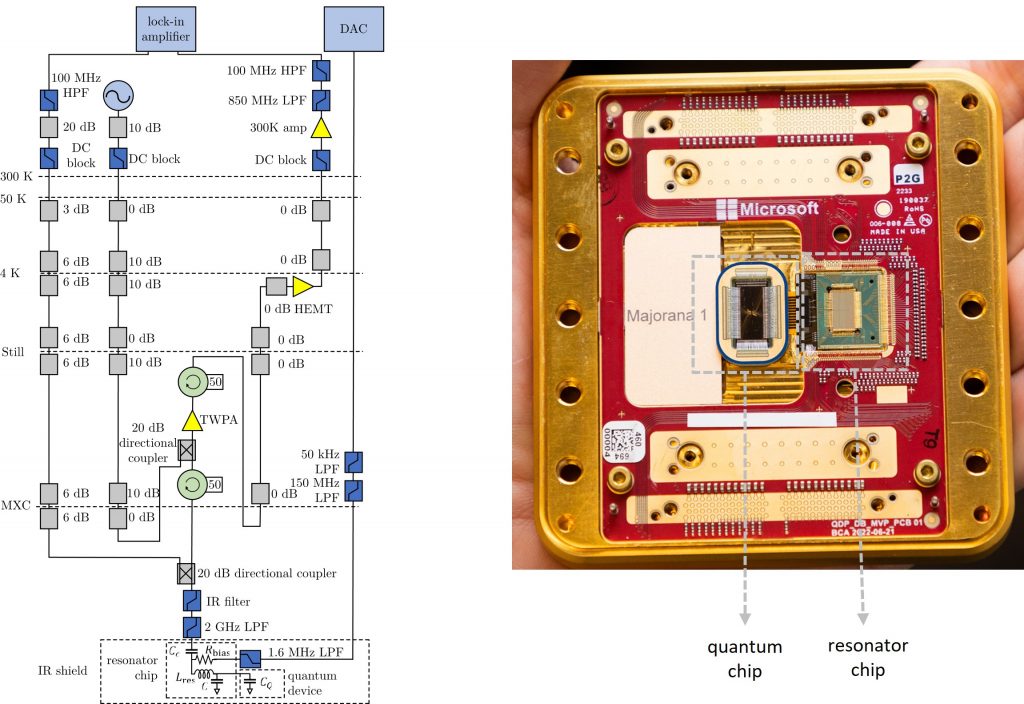
In fact, Microsoft’s measurement system is so precise it can detect the difference between one billion and one billion and one electrons. This precision is essential for reading out qubit states and executing operations reliably.
A Commercial and Strategic Quantum Future
Microsoft’s ambition isn’t just academic. The company was recently selected to proceed to the final phase of the DARPA US2QC program, a prestigious initiative aimed at delivering a utility-scale quantum computer—defined as a quantum system whose value exceeds the cost of its operation.
“From the start, we wanted a quantum computer for commercial impact, not just scientific leadership,” says Matthias Troyer, another Microsoft Technical Fellow. “To get there, we needed a better qubit, and we needed a path to scale.”
Why This Matters: The AI + Quantum Future
Quantum computers promise to simulate natural systems—chemistry, physics, materials—with unmatched accuracy. When integrated with AI, the implications are breathtaking. Microsoft envisions a future where an engineer can simply describe a desired material or molecule in plain language, and a quantum AI system will instantly return a working solution—from cancer-curing drugs to ultra-efficient solar panels.
As Troyer puts it, “The quantum computer teaches the AI the language of nature.”
This combination could eliminate years of costly R&D, letting companies and researchers “design things right the first time.” It’s not just a speed boost; it’s a paradigm shift.
Conclusion: The Road Ahead
While Microsoft’s Majorana 1 isn’t yet a full-fledged quantum computer, it is a crucial milestone. The company has solved some of the most challenging problems in quantum materials, qubit design, and control systems. Now, the race is on to scale those insights into powerful, utility-grade quantum machines.
With Majorana 1, Microsoft hasn’t just built a chip—it may have cracked the code for scalable quantum computing, bringing us closer to a future where quantum innovation touches every aspect of life.
